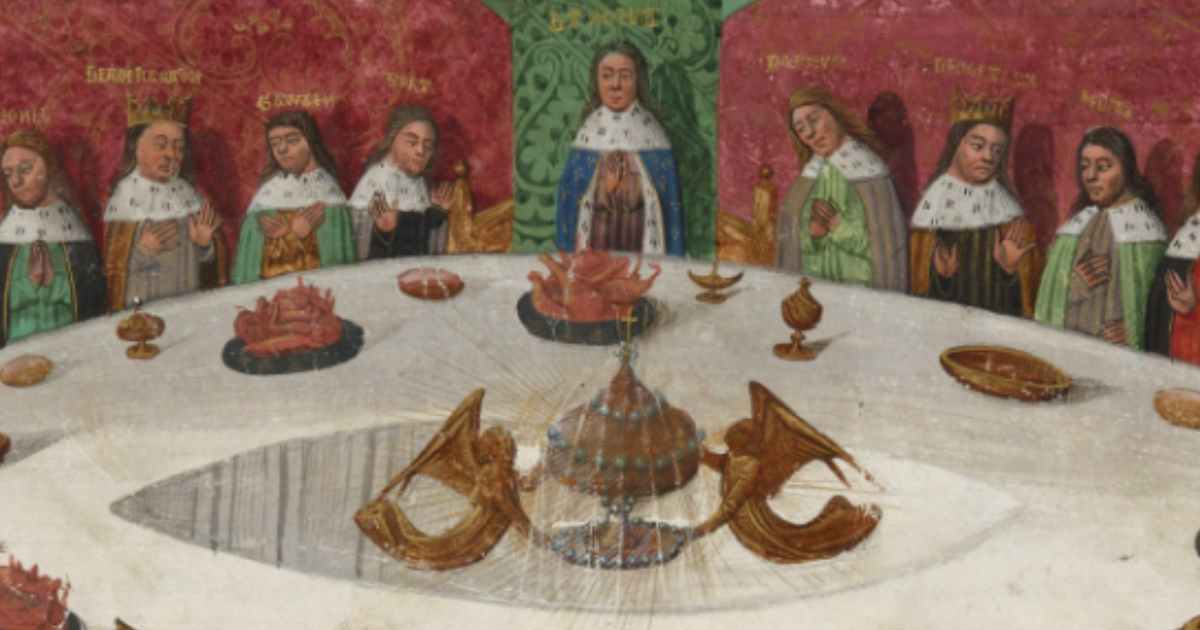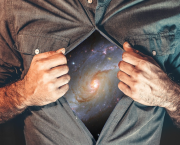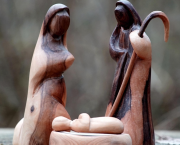
The poet’s ring and vena amoris
 10 min
10 min
The poet’s ring and vena amoris
There was a particularly bad film on TV when I was a kid about a young man who got turned into a dog by Lucrezia Borgia's cursed ring. Let's not go into the story, but rather turn to the much more interesting question: how did Lucrezia Borgia and her ring end up in a Hollywood family drama? Specifically, what made this ring so famous?
Lucrezia was descended from one of the wealthiest families in Italy. Legend has it that the noblewoman, who also happened to be Pope Alexander VI’s only daughter, always carried poison on her person, ready to pour into the drinks of political opponents. Some claim she used this hardened method to kill off lovers she tired of. In reality, of course, it was the 'press' of the time, or more precisely the wealthy families of the day, that sought to destroy Lucrezia's reputation, and through her, that of her family. Far from undermining the Borgias name, this ended up ensuring Lucrezia’s place in history books—albeit in the form of the stereotypically scheming and witching woman.
Lucrezia Borgia as a character stayed with me as an adult, and though I don’t have a poison ring, I’ve always secretly wanted one. I long for a pillbox ring, despite the fact that I’ve never much liked rings. The only ring to have made it with me over time is my wedding ring: it’s how I discovered the way stories can stick to a piece of jewelry. For instance, absurd though it may seem, when I first found out I had been granted a residency in Switzerland, my first thought was: I can’t take my husband, but at least I can take him along in the form the ring on my finger.
Sitting here in my cabin overlooking the Alps, I really can see him in the ring, with his woolly beard, fine black hair and relentless smile. He comes falling out, just like out of a pillbox ring, alongside other stories. My wedding band is similar in this way to the first pair of sneakers I bought with my pocket money, now scuffed and grimy. Or the flimsy paper wristband I wore to the best festival of my life.
These objects are horcruxes. I didn’t make this up, nor did J.K. Rowling. This is perdurantism, as defined by David Lewis, a contemporary philosopher in phenomenology. Objects don’t just three dimensions but four, since the emotional connection we, humans, develop with them stretches them out into time. Objects dear to us become so-called space-time worms, in which the past and even a possible future are present. In other words, objects can tell stories based on the memories we associate with them.
So rings contain stories, just as stories can take the form of rings. In narratology, one theory maintains that stories do not actually evolve in linear fashion, but start at a low amplitude, grow higher in the middle—not unlike an engagement ring—and then fall back to the starting point. They are symmetrical, but one half of the circle mirrors the other. This is largely true of novels like The Lord of the Rings: it begins with the One Ring containing what remains of Sauron’s power, which then grows in strength until the ring must be destroyed in order to again vanquish the Dark Lord. In contrast, literary fiction more often than not follows the irregular patterns of real life. It offers less hope than a well-written science fiction or fantasy novel. Not to mention postmodernism, which has upset the predictability of stories even more. Postmodern pieces constantly gesture towards all that is chaotic and confusing in everyday life, including those very same relationships symbolized by an exchange of rings.
We tend to love round shapes and curves. Arthur must have been a wise king indeed, since he demonstrated a strong sense spatial psychology by seating his knights around his rotund table. The circle gives everyone a sense of belonging, makes them more likely to express themselves with confidence, and also less likely to feel like arguing. We all long for that sense of undisturbed peace that the circle embodies. An optical perfection to be found in bubbles, planets and tree-rings, that remains harmonious despite minor deviations or flaws. And we are so very good at imitating nature. Copying and replicating it is our own golden talent.
We’ve worn rings as jewelry for at least three thousand years. The wedding ring, to be precise. To mark their commitment, Egyptians slid bands of reed and hemp onto the fourth finger of their left hand, where the vena amoris, or vein of love, was believed to run straight to the heart. The Greeks picked up the custom after Alexander the Great conquered Egypt, and the Romans swapped out the organic material with more durable bronze. But not everyone was entitled to a gold or silver wedding ring: only wives who had earned their husband’s trust were rewarded for their loyalty with a small fortune in the form of a ring. The way to the heart, it seems, has always been through loyalty. Perhaps this is where the pernicious idea that diamonds are a girl’s best friend was first born.
Leaping ahead, this whole ring theme came to me because of a photograph: the famous poet, Mihaly Babits's portrait. He is very nearly the only 20th-century writer whose studio photo not only shows his wedding ring, but also gives it a prominent position. Neither Kosztolányi, nor Karinthy, nor Lőrinc Szabó, nor Weöres, nor Radnóti, nor Mészöly have followed in his footsteps. Nor even Margit Kaffka or Nagy Nemes. Either they cover their wedding bands and lean on their right hands in the picture, or they don't wear them at all. Presumably they payed attention to this kind of thing, since male writers especially couldn’t appear to be spoken for. Women writers even less. Really, no writer at all. A real writer, after all, is mysterious, mystical and preferably adulterous, drawing inspiration from wild, passionate relationships. At least that's the tale we like to tell.
There is another exciting thing about Babits's ring, by the way. In 1919, Mária Csoma, the poet's secret admirer, writing under a pseudonym to Babits, notes the rumor that he wore two rings at an event in Szeged, neither of which was a wedding ring. Later, she apologizes for pursuing the poet so vehemently, and asks that he come to his next reading ringless to indicate that he is not burdened by her overzealous advances.
The Babits we know from his papers and memoirs would not have given in to Mária’s advances. The wedding band seems to have been such an integral part of his identity that Lőrinc Szabó described him as “clinking his ring against his beer glass.”
It is rarely mentioned that fourteen years after his death, his widow Sophie Török and their adopted daughter Ildikó fell into an argument over his estate, a legal dispute that only ended in 1965. Sophie had died by then and Ildikó, living abroad, could not legally claim royalties. The estate eventually reverted to a cousin on Babits’s side, but the fate of the ring remains a mystery to this day. The Petőfi Literary Museum holds only two rings, that we can be sure of: Móricz's engraved ring and one with a skull, having belonged to Kaffka. We will never know whether Babits took the ring to his grave, or whether it remained with Sophie, or perhaps with Ildiko, or even with the cousin, or perhaps it was lost in the annals of history forever.
Which might be better, after all. As a dead writer, I wouldn’t want strangers looking at my ring, which embodies so many important moments in my life. I would be particularly upset if an auction house put it up for sale, like Sotheby’s did with Sylvia Plath and Ted Hughes's wedding rings, worth thousands of pounds. It would feel like they were selling my most treasured memories, and me along with them.
Of course, this is unlikely to happen. To me, or to almost any writer alive today. We may live in the digital age, but hand-written letters, manuscripts and signed books are still more valuable ephemera than inherited household items. For understandable reasons, of course: the writer does not create these objects, while papers are crafted with a writer’s sharpest tool: their words. Besides, isn’t it such a guilty pleasure to delve into an artist's private correspondence? That said, I’m curious to see what the future holds if we hardly have any handwritten notes to leave behind anymore: perhaps objects that writers carry with them will gain more value, like, for instance, a wedding ring.
Translated by Anna Polonyi









 English
English
 Français
Français
 Deutsch
Deutsch
 Italiano
Italiano
 Español
Español



 Contribuisci
Contribuisci












 Puoi sostenere i tuoi scrittori preferiti
Puoi sostenere i tuoi scrittori preferiti





